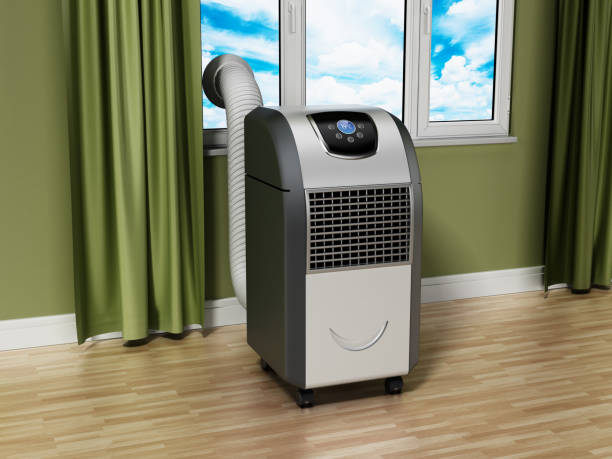How To Make The Most Of Your Dehumidifier

As per the old saying it's not heat that creates the heat. It's the humidity.
Inside your home, humidity may be a huge complication-- especially in basements, laundry rooms, bathrooms, and crawl spaces-- any time there's a string of warm, rainy days.
Telltale signs of too-humid air are musty odors as well as clammy conditions, condensation on windows, as well as damp spots on ceilings or walls. It can also cause mold and mildew to grow and spread over your ceilings and walls and also cause wood to deteriorate.
A home dehumidification collects water from the air and then stores it in a tank that can be removed. There are a few models that are competent.
Put Your Dehumidifier to Use
This advice from experts comes taken from CR and Energy Star on how to make the most the dehumidifier you have.
Set the humidity level
The optimal relative humidity level is 30 to 50 percent, according to Energy Star (and 30 to 40 percent in colder areas during heating season). The higher humidity levels can trigger allergies, including mildew and dust mites.
Choose the perfect place
Be sure to allow enough space for air to move into and out of the dehumidifier. The majority of the models that we evaluated let air flow through their tops. A few vents vent through the sides. In any case, they should have free space all over the crawl space encapsulation. The owner's manual should contain details for your specific model.
Empty the tank regularly
If the tank is filled The indicator turns on and the dehumidifier is shut off. In summer, empty the tank frequently to ensure that the dehumidifier is working when you aren't home. It is also possible to connect a hose to any of the dehumidifiers tested to divert water to a nearby drain. Certain dehumidifiers come with a built-in pump that can push water vertically or horizontally through the hose, and then into a sink or even outside (through the window in a basement, for example).
Keep it clean
The filter is a filter that filters the air passing through the dehumidifier. If it is dirty, the effectiveness of the dehumidifier will suffer. The indicator light of many models we've rated has an indicator light that will indicate when the filter should be cleaned. Clean and dry it frequently according to the instructions in your manual. While you're at it, see the manual's advice on cleaning the grill. If the grill is filthy airflow is reduced.
There are different ways to deal with dampness
Even the most powerful dehumidifiers will not be able to eliminate the dampness that can be found in your home. Here's a checklist of ways to control moisture for potential sources inside and outside the house:
Use the exhaust fan to run the
Turn on the exhaust fan or the range hood while cooking, or prior to taking showers to rid yourself of the moisture. Can't find the fan? You can open a window.
Clean your clothes dryer duct
Clean ducts enable warm exhaust air of the duct to vent outside. Cleaning the duct of lint maintains airflow, allowing your clothes to dry more quickly, and helps prevent dryer fires.
Check your foundation
Water can get into the most tiny cracks. Make use of silicone caulk and hydraulic cement to fill cracks that are smaller than 1/4 inch in size. Consult a structural engineer if you notice more extensive cracks. They might be the sign of a structural issue.
Check the soil's grade
The foundation should be sloping away from the foundation of your home to prevent the water from accumulating. Do not overwater plants close to the foundation.